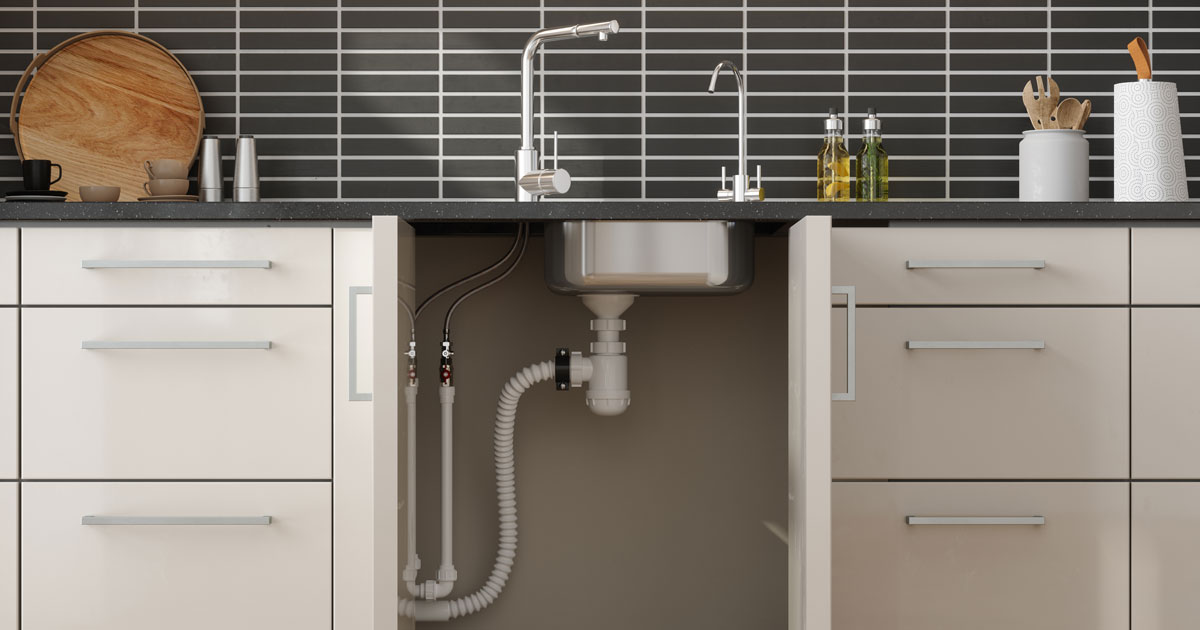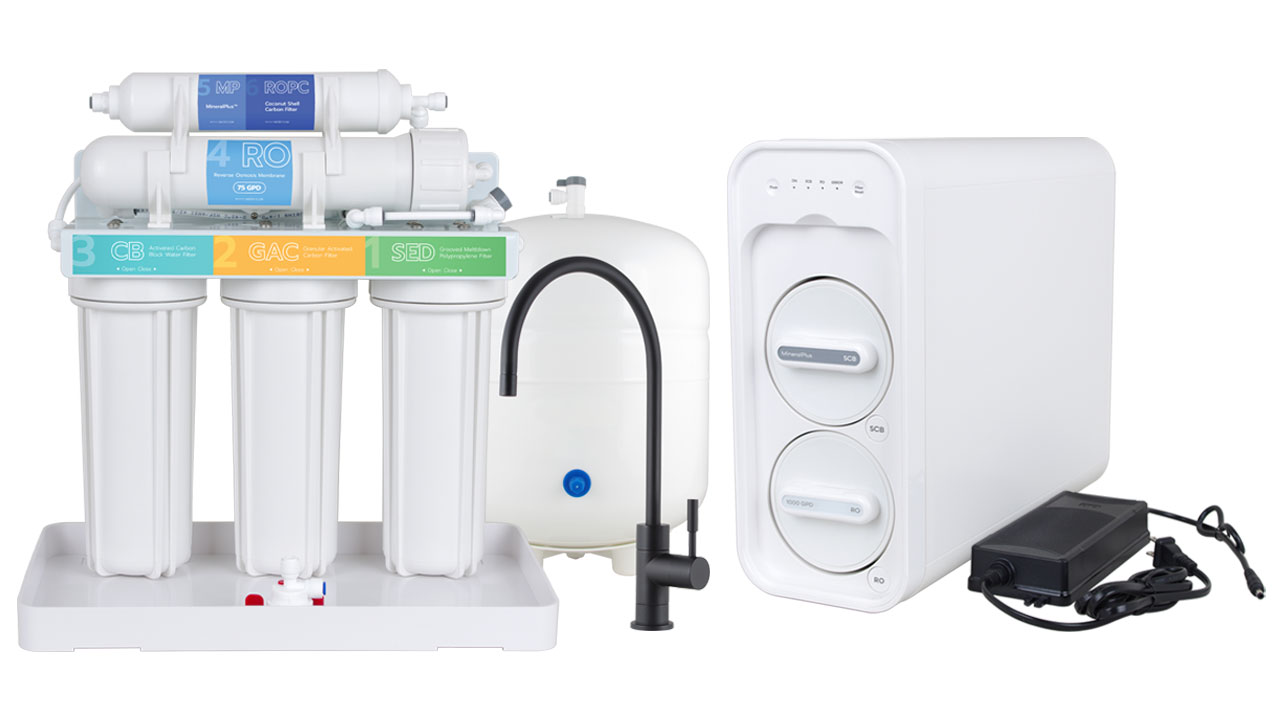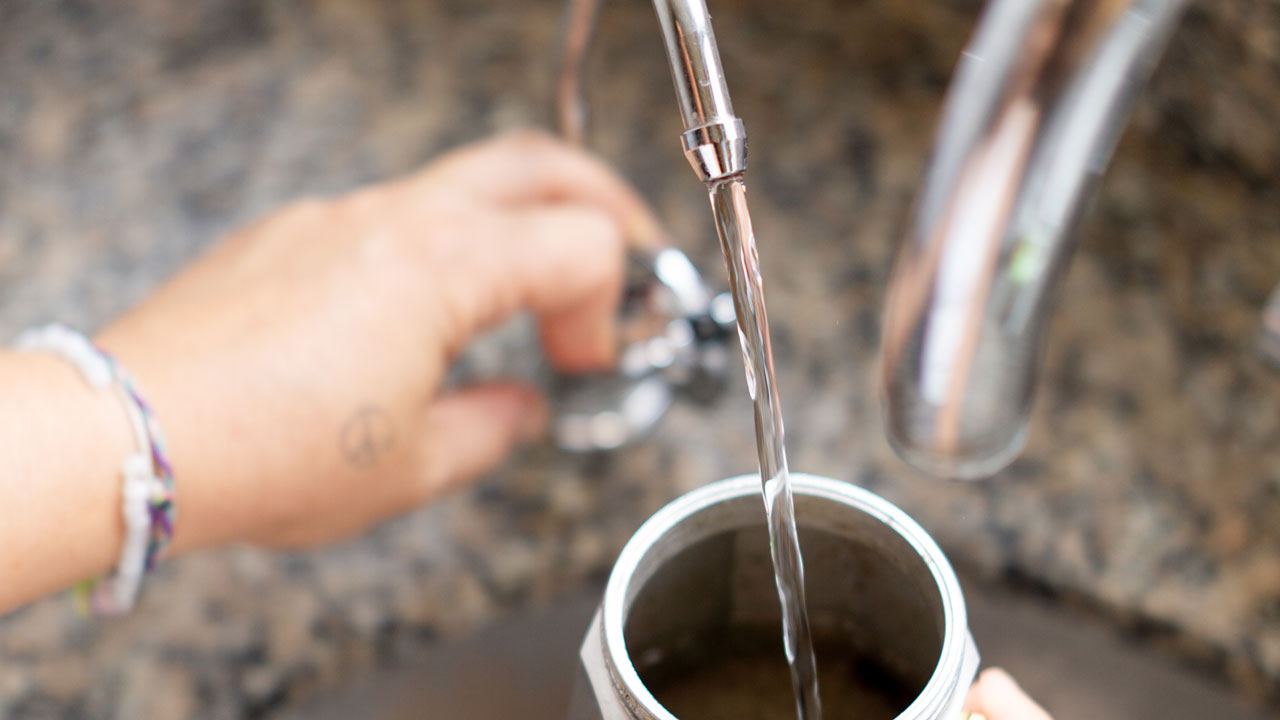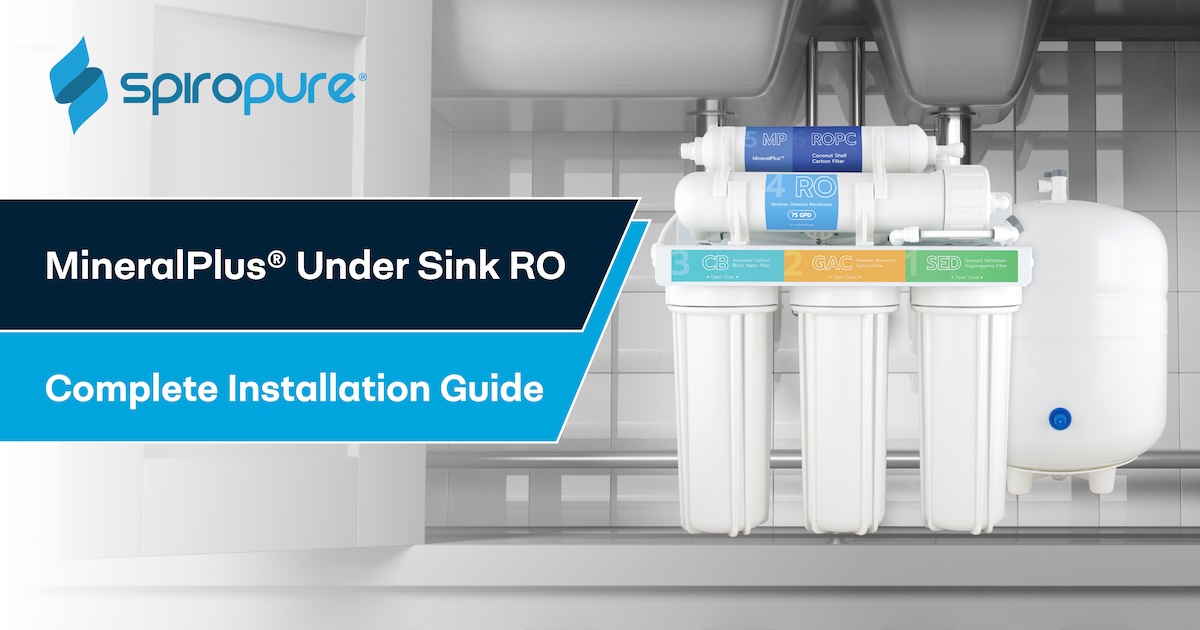Tank or Tankless Reverse Osmosis: Which System is Right for Your Home?
 Andrew
August 28, 2025
#comparison
#reverseosmosis
#romembrane
#tanklessro
#traditionalro
Andrew
August 28, 2025
#comparison
#reverseosmosis
#romembrane
#tanklessro
#traditionalro

What we don't fully understand about long-term health effects of chlorine, chloramine, and their byproducts drives many families toward filtration solutions. While whole-house systems exist, they're expensive and complex. Point-of-use options like refrigerator filters help but offer limited contaminant removal. These realities help explain why millions of Americans still rely on bottled water delivery or haul 5-gallon jugs from the store—an expensive, environmentally unfriendly solution that reverse osmosis can replace with superior filtration at a fraction of the cost.

Traditional Tank-Based Systems: A Proven Choice
The original RO design stores filtered water in a pressurized tank, delivering it on-demand through a dedicated faucet. This approach has worked for years and remains popular because it's simple, requires no electricity, and typically costs less than tankless alternatives. Traditional RO systems with a tank use your home's existing water pressure to gradually filter water, making them ideal for households with moderate water usage.
Key advantages of traditional RO systems:
- Lower upfront cost and simpler installation
- No electrical requirements or power consumption
- Adequate capacity for most household drinking and cooking needs
- Proven reliability with minimal maintenance requirements
- Enhanced options available with remineralization for improved taste
The main limitation? Tanks typically hold around three gallons and can take anywhere from around one three hours to refill, depending upon home water pressure.
Tankless Reverse Osmosis: The Space-Saving Water Filter Revolution
Tankless systems eliminate storage by using booster pumps to force water through membranes at higher pressure, delivering continuous filtered water directly from the source. This technology has been available to consumers for a while but has recently become more affordable and reliable.
Modern tankless RO systems excel in several areas:
- Continuous flow without storage limitations or wait times
- Significantly better waste-to-pure water ratios (often 1:1 or 1:2 instead of 3 or 4:1)
- Compact design saves valuable under-sink space
- Advanced features like digital displays and automatic flushing
- Higher daily capacity—systems producing 1,000 gallons per day can even support light commercial operations like coffee shops or small offices
- Better quality systems offer remineralization to correct "flat" RO taste
The tradeoffs include higher upfront costs, electrical requirements (needing a grounded outlet under your sink), and slightly more complex installation. Power outages will interrupt filtration, unlike tank systems that can still deliver stored water.

Installation Considerations for Any System
Whether you choose traditional or tankless, installing any under sink RO requires similar modifications. In most cases, you'll need a dedicated faucet, either using an existing soap dispenser hole or professionally drilling a new hole in your countertop. There are also combination faucets that integrate RO delivery if drilling a hole isn't an option. Technically, you can attach filtered water to your primary faucet's cold water line, but the flow rate of a traditional RO is too slow for most people's needs.
Both systems require connecting to your cold water supply and installing a drain saddle for wastewater discharge. Consider potential leak protection through leak detectors or systems with built-in shutoff features.
Be prepared for minor noise in either type. Traditional systems create gentle dripping sounds during tank filling, while tankless systems produce brief pump sounds during operation including depressurizing the cartridges after turning off the faucet. Some area plumbing codes require use of an air gap faucet designed to prevent backflow into the clean water line, and these faucets will occasionally contribute hissing and dripping sounds as water moves through the additional tubing. Though ear-catching at first, most consumers quickly get used to it, as with the noise of water dispensing from refrigerator filters.
Making Your Decision
For most households evaluating the best tankless RO system or overall best under sink RO water filter, the decision comes down to budget versus convenience. Traditional ROs with a storage tank are reliable and consistent and provide a sound and inexpensive introduction to the technology. Tankless reverse osmosis appeals to households with higher filtered water usage, limited under-sink space, or those who prioritize continuous flow and water efficiency.
Both technologies deliver the comprehensive contaminant removal that makes reverse osmosis superior to other filtration methods. The "better" choice depends on your specific needs, budget, and installation constraints—but either option provides your family with clean, safe water that rivals or exceeds premium bottled water quality.






